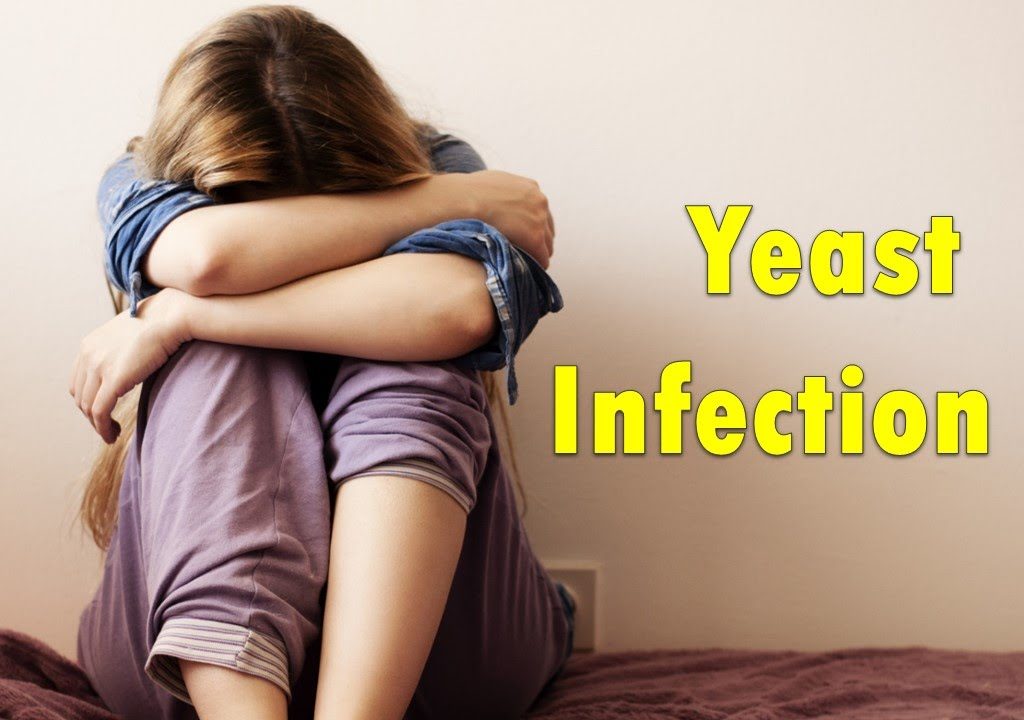Using a home treatment for vaginal yeast infection should only be done by those that have previously been diagnosed with yeast infection and know that a yeast infection is the problem. Pregnant women should never use a home treatment without consulting a physician.
Vaginal anti-fungal treatments are available without a prescription and are inserted into the vagina at bedtime. Some may even require that they be applied to the outer genital area as well. An applicator is used that delivers the exact dose. Vaginal suppositories and tablets also use a similar applicator. The length of treatment varies, depending on the medication you use. Some come in single day treatments, but if the infection is severe enough, one with a longer treatment period may be required. It is important to finish the full course of the medication. Symptoms may cease soon after beginning the treatment but if the treatment is stopped, the infection may return.
Vaginal anti-fungal creams kill the yeast infection by killing the cell membrane. Anti-fungal treatments are 80% to 90% effective against yeast infection. However, 30% to 40% of women develop another yeast infection after completing one round of medication.
Side effects of vaginal medication are usually mild and include burning and irritation with the higher strength medications and skin irritations, including hives, if the skin is irritated at the time of use.
When using a non-prescription medication to treat vaginal yeast infection, follow the directions on the package but also follow these guidelines.
- Eat a balanced diet. Eating right helps your body fight infection.
- Do not use tampons; use sanitary napkins instead. Tampons will absorb the medication.
- Do not use soap to clean the vaginal area; just use water.
If intercourse is painful, avoid it. Use water-soluble lubricants and do not use diaphragms or condoms as birth control while using a home treatment. Many of the home treatments are oil based and will weaken the rubber content of these contraceptive devices.
If the area is red and irritated, do not sit in a hot bath. This will only aggravate it more. Instead sit in a warm tub or “sitz” bath. Better yet, try putting a cool damp cloth on the area.
If the home treatment is not working after one complete round of therapy, consult your physician.
If the yeast infection recurs within two months of using a home treatment, contact your physician. If still you are not satisfied soconnect with the from where you can find useful home treatment. Vaginal Boric Acid Capsules can also be used to treat vaginal yeast infections that are recurrent and have not responded to the anti-fungal treatment. This treatment should never be used if you are pregnant or could be pregnant.
Home treatments can be a convenient method of treatment for yeast infection if you suffer from recurring yeast infections. If you know that it is a yeast infection and it has been over two months since your last episode, home treatments are a quick, efficient and cost saving method of fighting yeast infection. If you still unsatisfied you can read more tips here.
